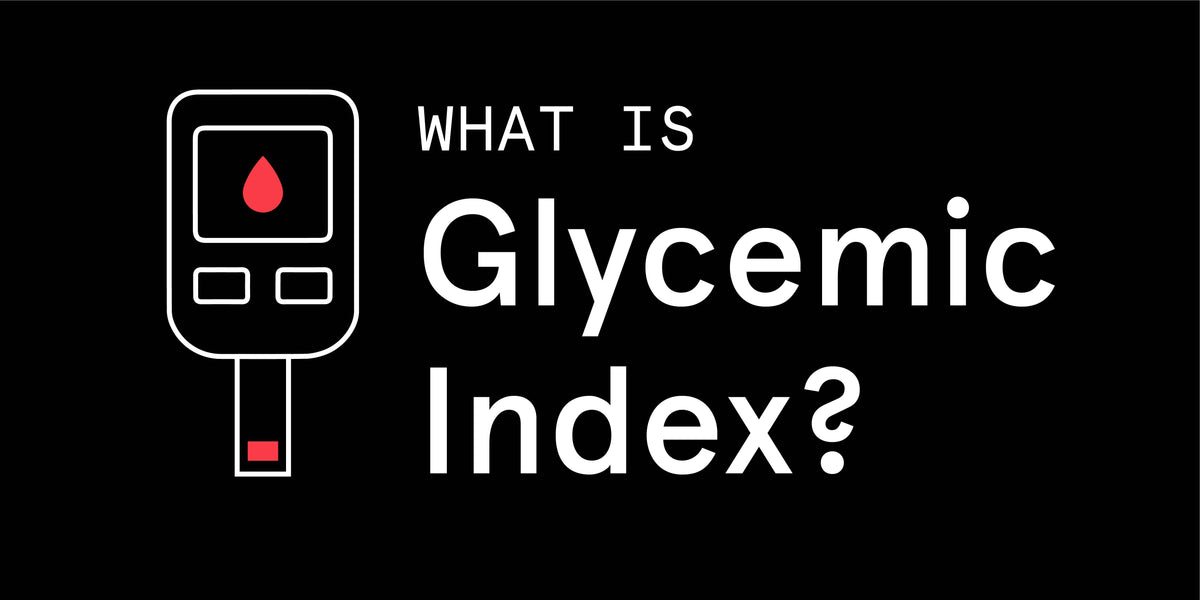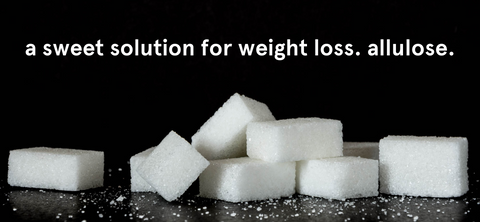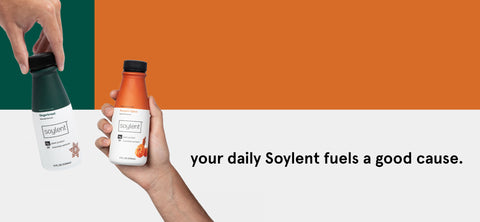
The terms “good” and “bad” are often used to label carbohydrates, but what does this classification really mean? Carbohydrates, or carbs, are a nutrient that includes sugars, starches, and fibers found in foods such as fruits, vegetables, legumes, grains, and even milk.
One property of carbohydrates that “good” and “bad” can refer to is the glycemic index (GI) of a food. Glycemic index is a number assigned to a specific food that reflects how much it increases blood sugar. Managing blood sugar is important to help control weight and may help combat chronic diseases like heart disease and diabetes1.
In The Body
As the body digests carbohydrates in food, it breaks down sugars and starches into a type of sugar called glucose. When we consume foods higher in these sugars or refined starches like soda, white bread, or pastries, the body can quickly break them down into glucose. The glucose from these foods readily enters the bloodstream and causes a steep spike in blood sugar. Foods that result in this higher blood sugar spike are considered high glycemic index. Overtime, chronic high blood sugars can be linked to the development of diabetes or heart disease.
Fiber is digested more slowly than sugars and starches. The body takes more time to break down high fiber foods, thus releasing glucose more gradually and causing a smaller rise in blood sugar. Higher fiber foods that elicit this smaller increase in blood sugar are considered low glycemic index carbohydrates. This gradual blood sugar increase is more favorable for overall health.
Classifying GI of Foods
Foods are classified as low, medium, or high glycemic index and assigned a corresponding number on the GI scale:
Low: 55 or less
Medium: 56–69
High: 70 or above
Pure sugar itself has a glycemic index of 100 on the scale indicated above. Other foods that fall in the high GI range include white bread, soda, white rice, and potato chips. Examples of low GI foods include whole wheat pasta, yogurt, old fashioned oatmeal, chickpeas, blueberries, and non-starchy vegetables like broccoli, spinach, and asparagus. Medium GI foods include carrots, sweet potatoes, beets, and popcorn.
Glycemic Index for Health
Glycemic index should not be used exclusively to decide which foods to eat or not to eat. Instead, GI can be a tool to evaluate which carbohydrate foods to eat more often than others. For example, choosing to eat high fiber, lower GI quinoa with stir fry instead of higher GI white rice is a great substitution to make. Lower GI foods, like whole grains, low-fat dairy, fruit, and vegetables, are typically recommended as part of a healthy diet because they contain important nutrients like fiber, potassium, magnesium, and calcium.
GI for People with Diabetes
Glycemic index can be a useful tool for people with diabetes to support better food choices. For example, GI classification can help a person with diabetes choose a higher fiber, lentil-based pasta noodle instead of the traditional white noodle. Raspberries have a lower GI than bananas, so choosing to eat raspberries more often than bananas may be a healthful decision for people with diabetes. These decisions may help these individuals attain better glycemic control after a meal or snack. Since it is especially important for people with diabetes to maintain steady blood sugars, lower GI foods should comprise a majority of their carbohydrate choices. People with diabetes should consult their physician or Registered Dietitian to discuss the best eating plan for their needs.
Soylent Products with Allulose
Soylent products use an ingredient called allulose as a sweetener. Allulose is naturally found in foods such as maple syrup, molasses, figs, and raisins. It can also be derived from fermenting certain carbohydrates. The allulose in Soylent drinks is derived from fermentation. Allulose has a lower glycemic index than table sugar and also only provides 1/10th the calories.
You can learn more about Allulose here.
Written by: Nikki DeAngelis, RDN, LDN
References
1. Augustin LS, Kendall CW, Jenkins DJ, et al. Glycemic index, glycemic load and glycemic response: An International Scientific Consensus Summit from the International Carbohydrate Quality Consortium (ICQC). Nutr Metab Cardiovasc Dis. 2015;25(9):795-815.







